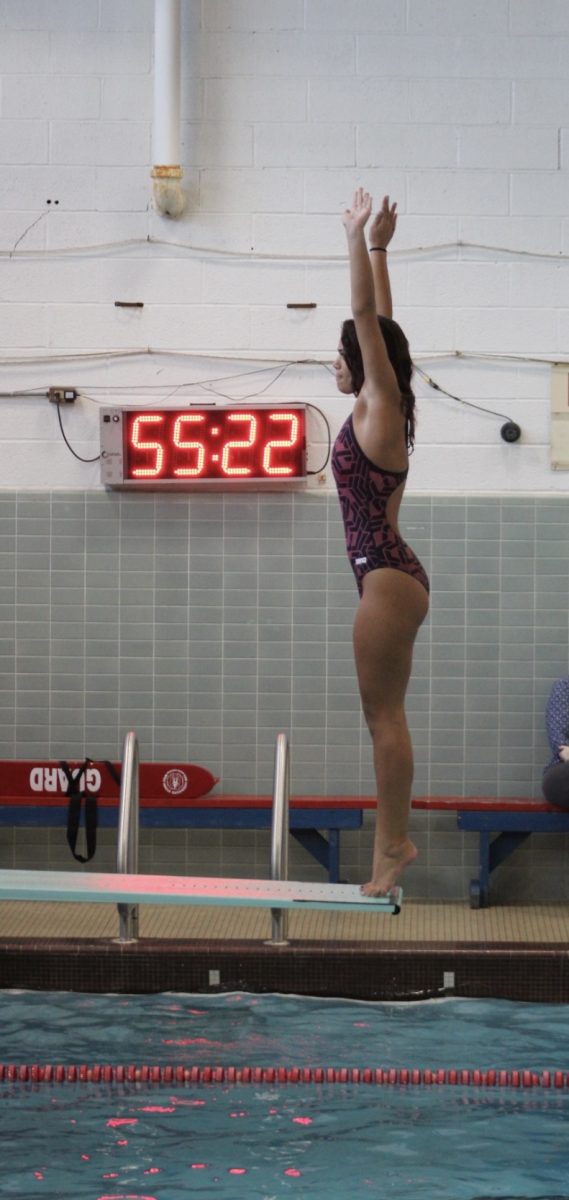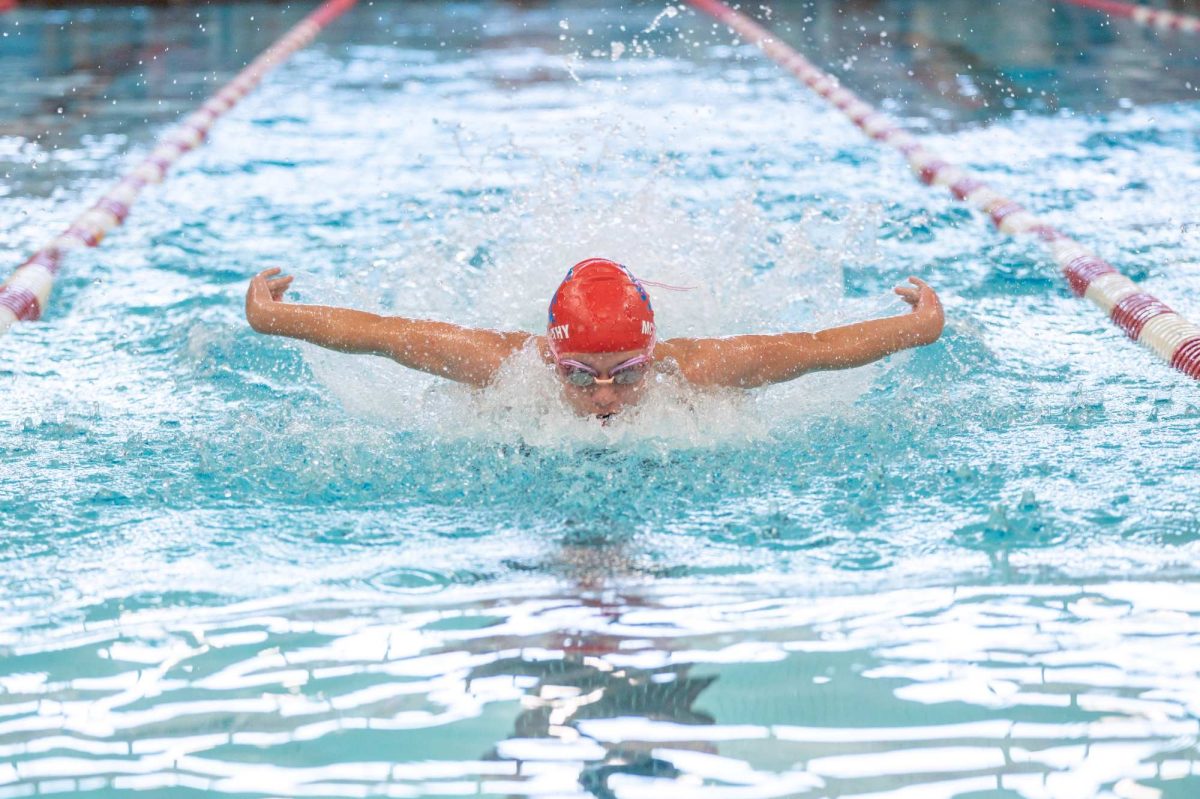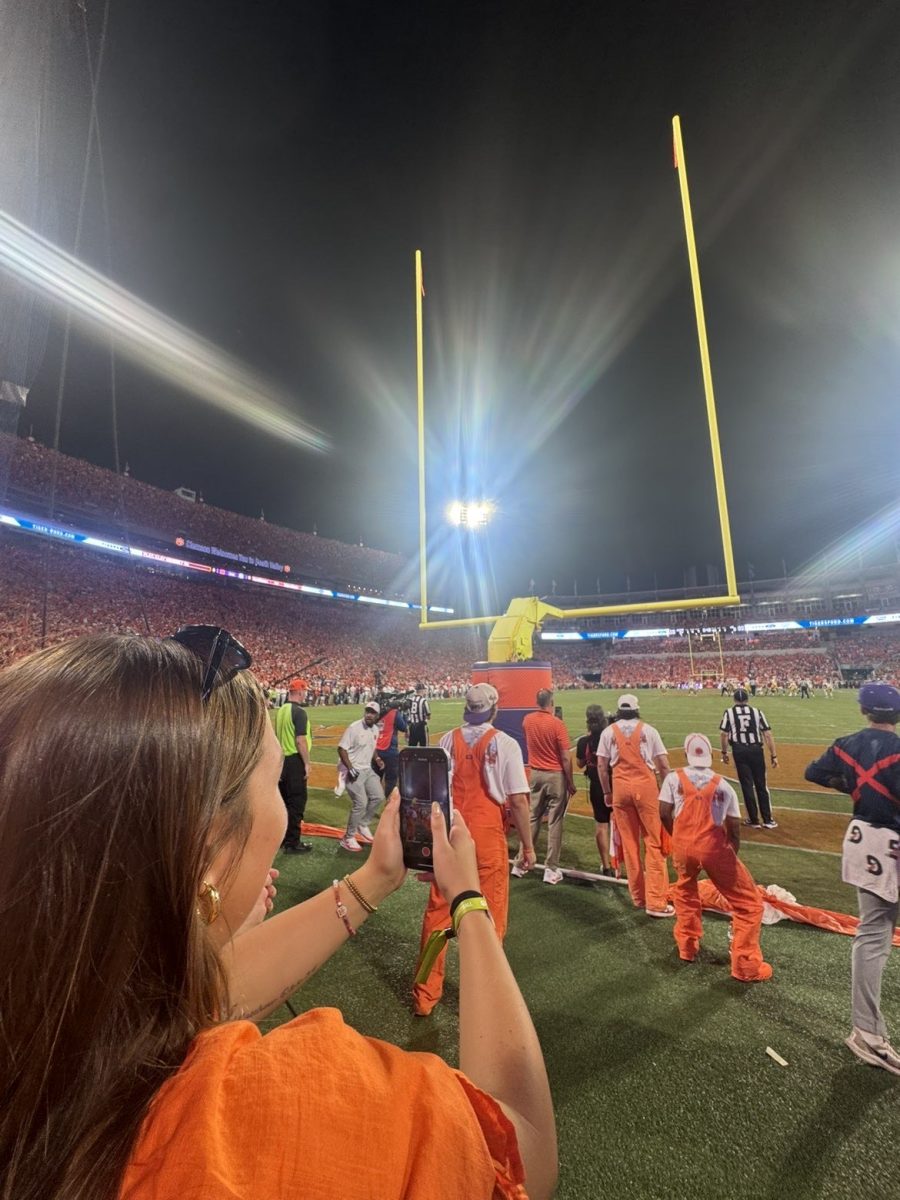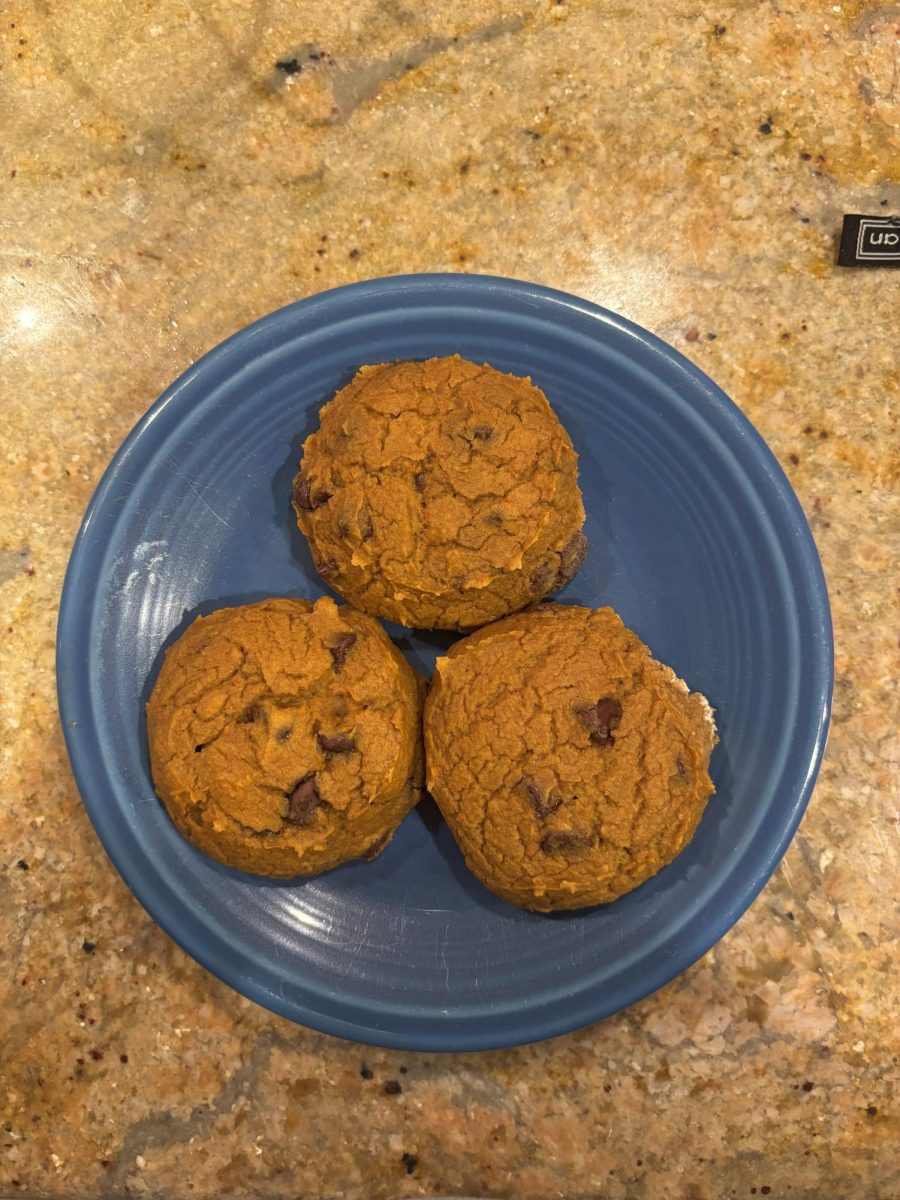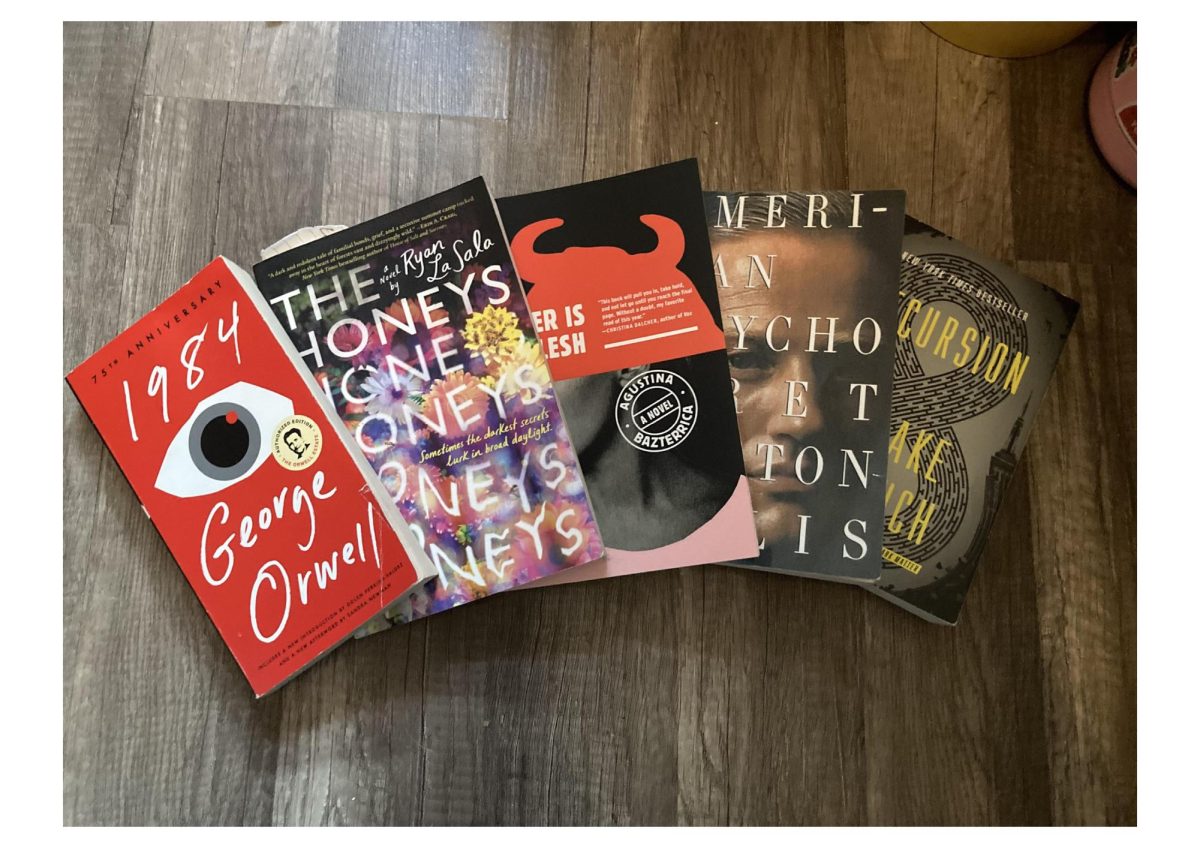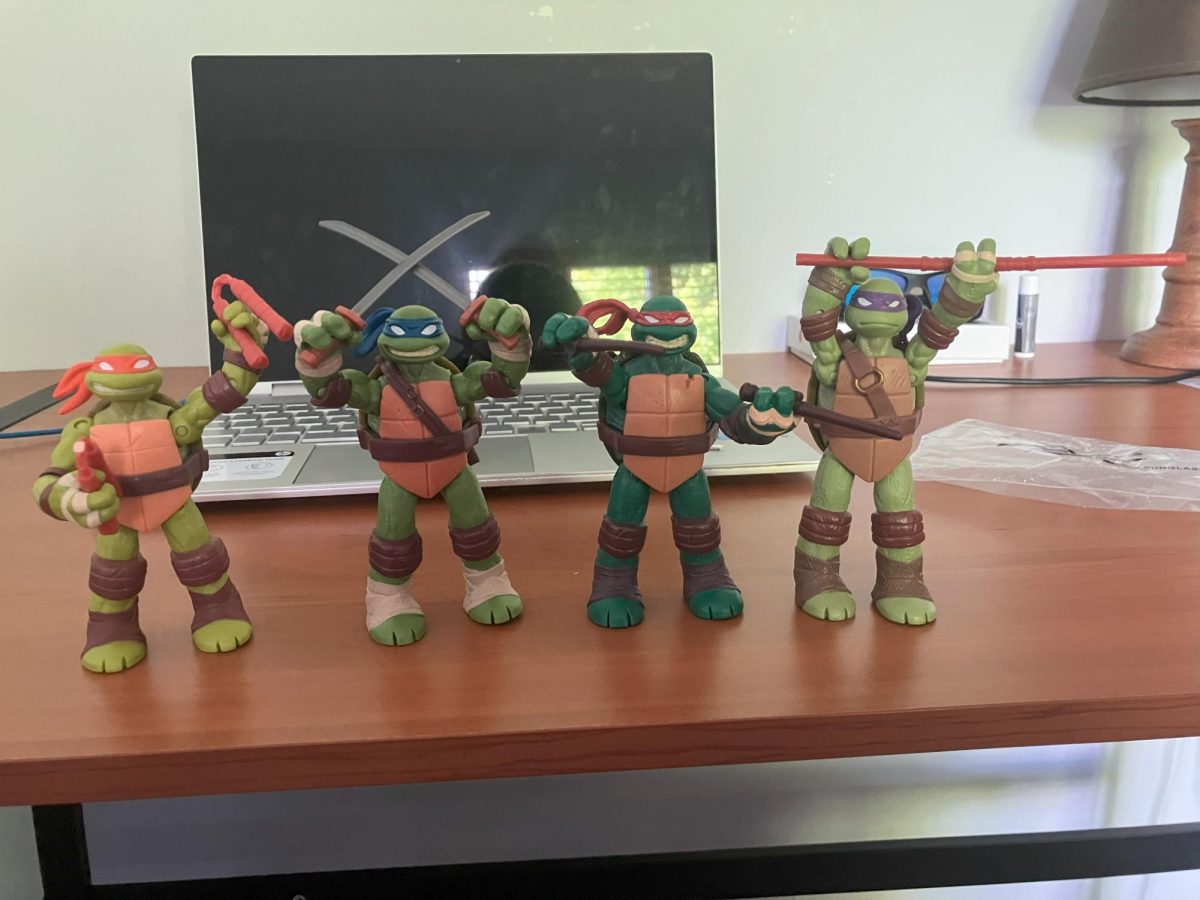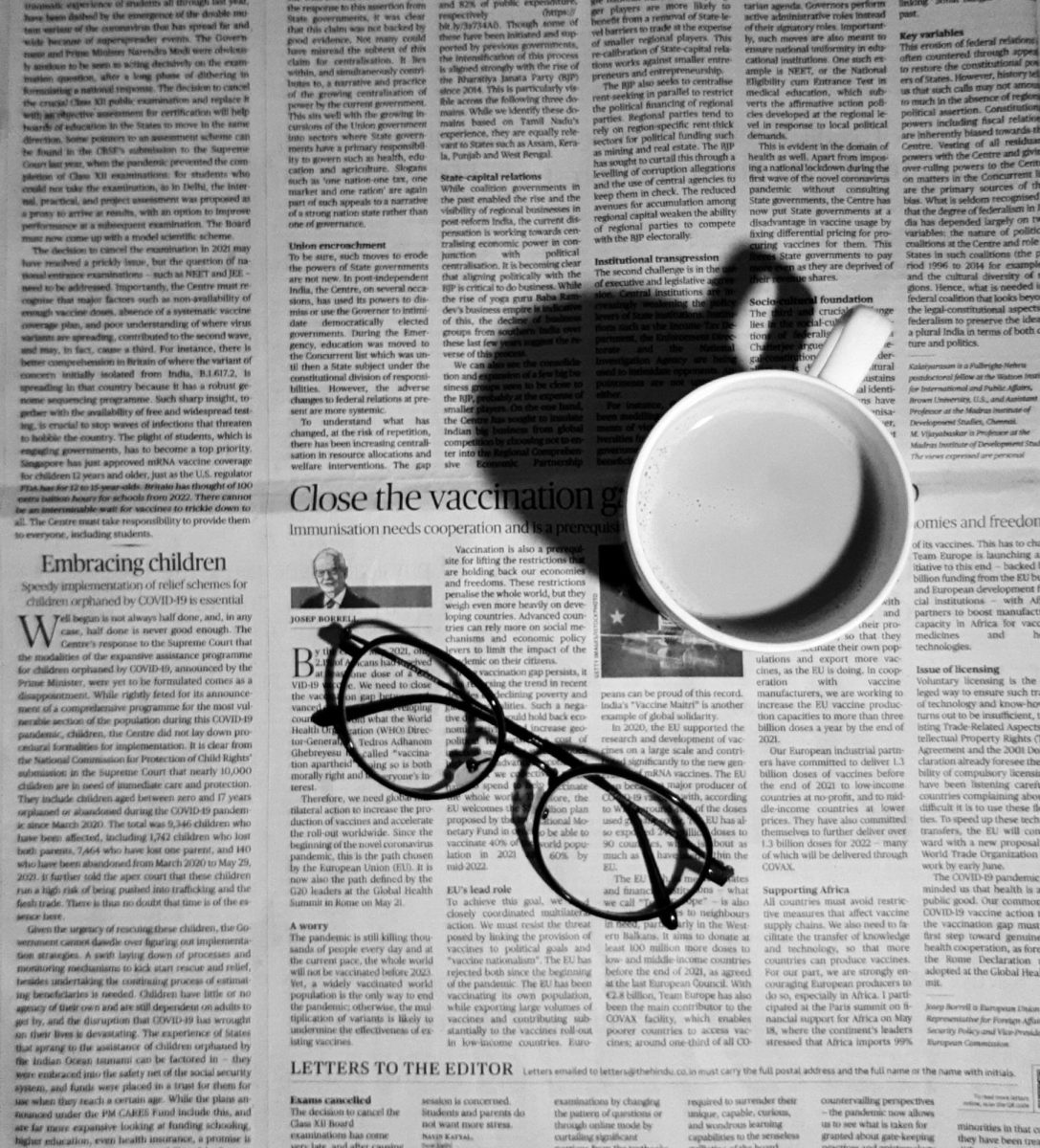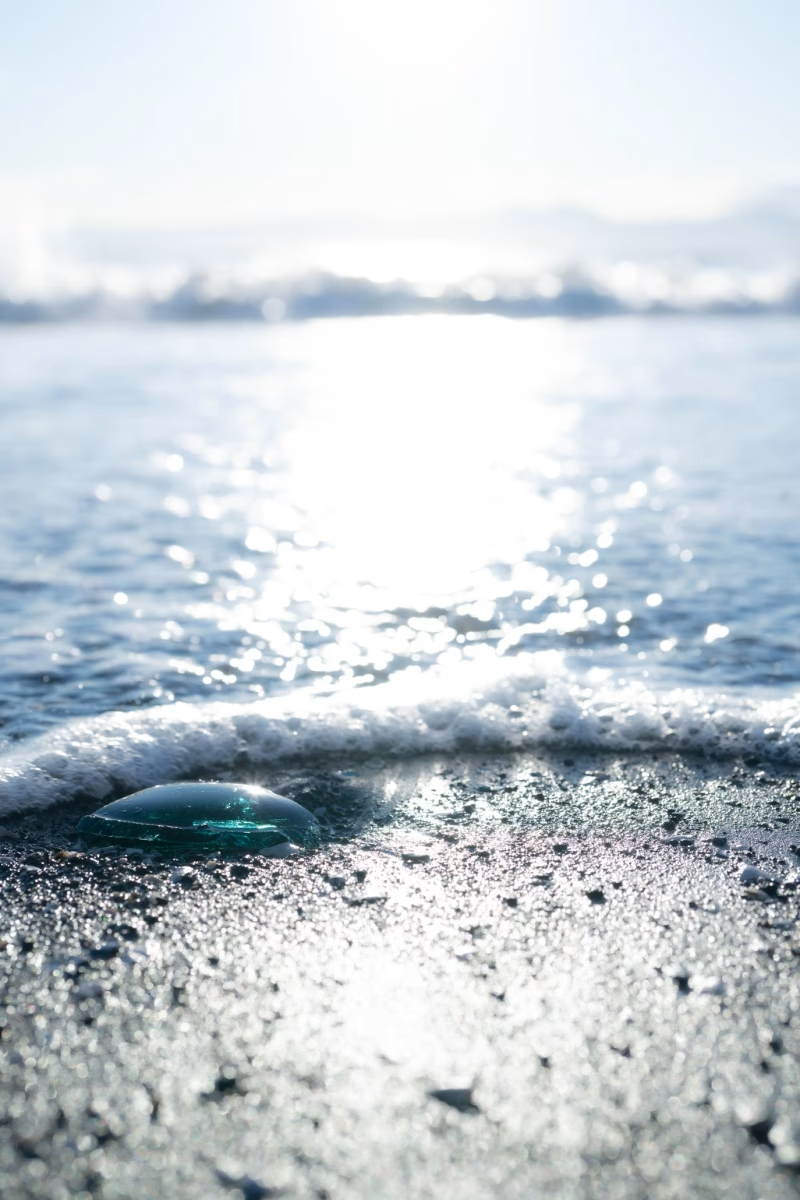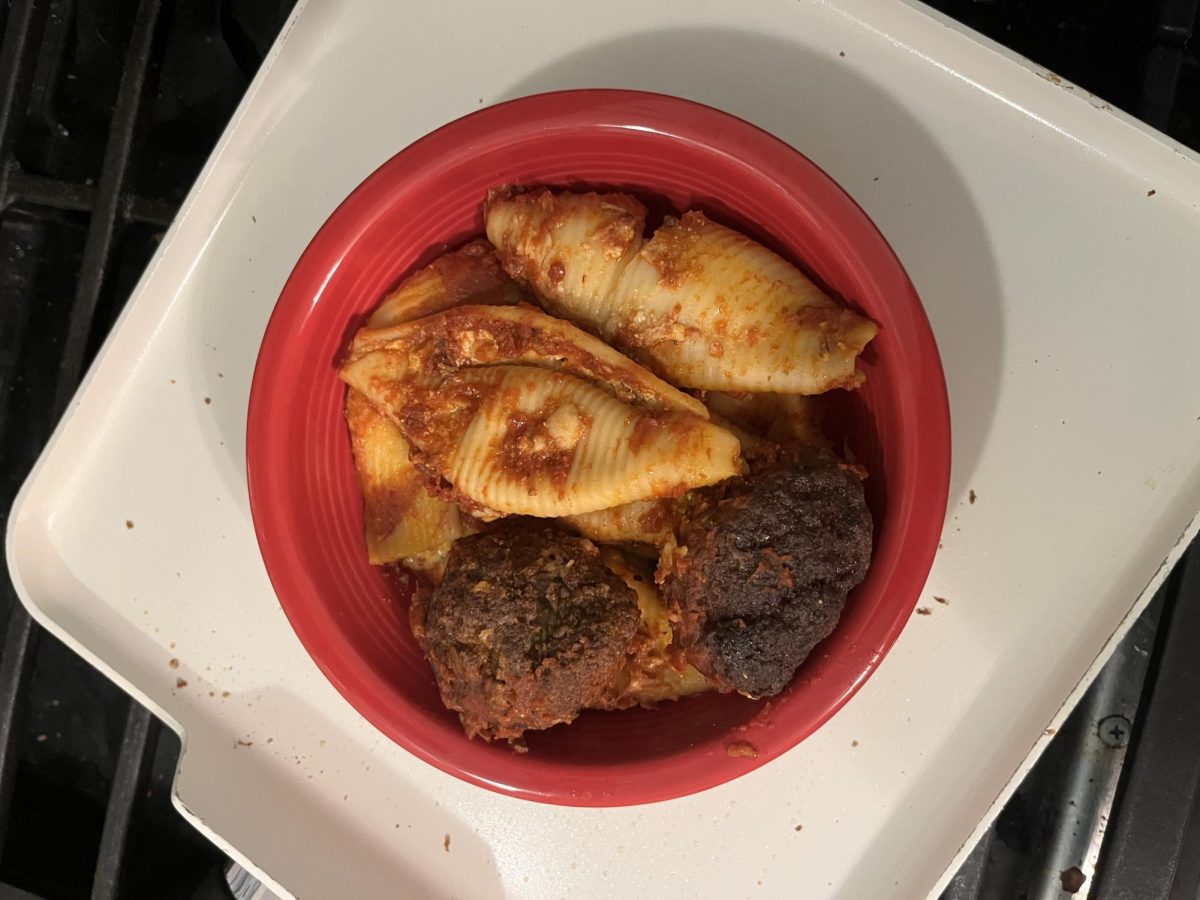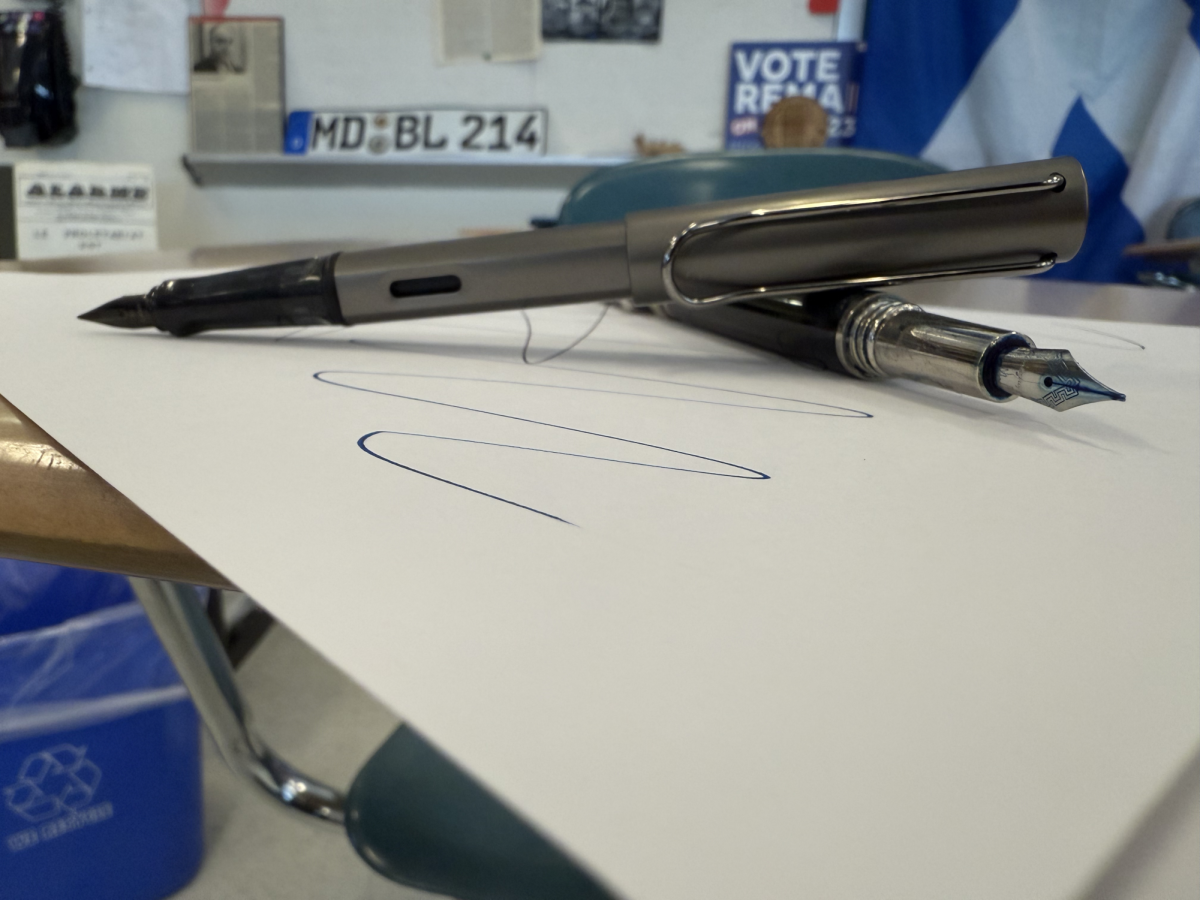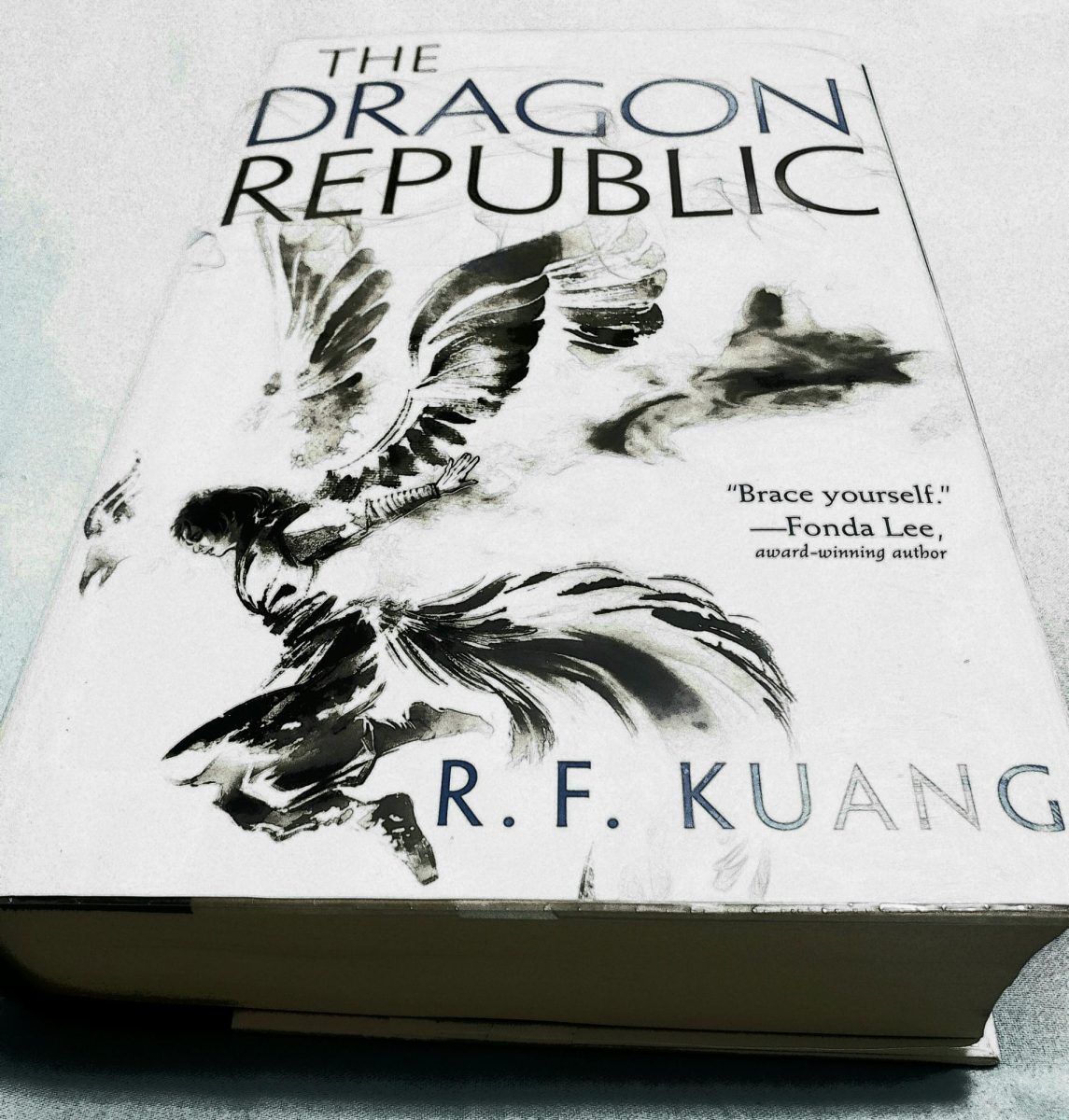When it comes to writing utensils, students and teachers each have their own preferences—some practical, some personal. While some swear by the erasability of a pencil, others argue that pens, particularly gel pens and fountain pens, provide a superior writing experience.
Mr. Prokosch, an avid user of fountain pens, expressed a deep appreciation for their craftsmanship and writing quality, compared to Joseph Stalin who signed documents and orders with red and blue crayon.
“My favorite writing utensil is the fountain pen. Typically, it’s reserved for more special occasions, but when I do use it for grading, it feels like I’m grading with intent,” Mr. Prokosch says. However, despite this preference, he acknowledged the inconvenience of maintaining these pens: “The reason I don’t use my fountain pens that much is because they’re a hassle to refill and cause a mess when I do refill them.”
For everyday tasks, practicality often takes precedence.
“For other purposes, I use the Pilot G-2. I have tried most of the gel pens and rollerballs on the market, and the Pilot G-2 performs best out of all of them,” Mr. Prokosch said. The Pilot G-2 is a common favorite among teachers and students alike, known for its smooth ink flow and reliability.
Ink choice also plays a role in pen preferences.
“For fountain pens, I use a Japanese Kon-peki Iroshizuku blue ink, which is produced by Pilot,” Mr. Prokosch shared, adding, “I typically don’t use black ink, since it doesn’t pop off of the page as well as other colors like blue or red do.” The contrast of ink color can affect readability, making blue or red a preferred choice for grading and note-taking.
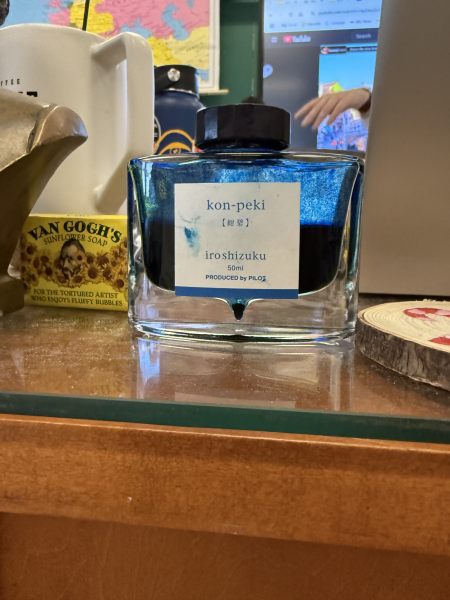
While pens dominate his personal preference, Mr. Prokosch makes a different choice when it comes to what he provides for students.
“I give my students the Bic Round Stics” Mr. Prokosch explains. “When they borrow a pen from me, I know I’ll never get it back.”
The affordability and disposability of these pens make them a practical option for classrooms where lost supplies are inevitable.
The role of pencils in the classroom is also up for debate. Mr. Prokosch has a particularly strong stance on the matter, believing they should be phased out altogether.
“I think a pencil ban would be pretty beneficial,” he said. “Pencils are so imprecise and unprofessional. In addition, most of the world learns how to use a pen before learning to use a pencil. We are one of the only countries that does so. However, I do believe pencils can be reserved for select subjects such as math or science.”
However, not all students share this anti-pencil sentiment. Sage Tuttle, a student who values precision and adaptability in writing tools, prefers a mix of pens and pencils for different purposes. She uses the Uni-Ball One 0.38 mm for its fine, consistent lines, but uses the Pilot Frixion Ball Slim 0.38 when she needs erasability. The erasable nature of the Frixion Ball makes it an appealing option for students who frequently make edits.
Despite using pens for most tasks, Sage also appreciates the functionality of mechanical pencils, specifically the Uni Kuru Toga 0.5 mm.
“The Kuru Toga’s rotating lead mechanism keeps the tip even and sharp, which makes writing neater and more precise compared to traditional mechanical pencils,” she said.
This stands in contrast to Mr. Prokosch’s view of pencils as “imprecise,” showing that the right tool can make a difference.
Students also have their own preferences when it comes to writing utensils. Subhaan Mian, a student who values precision and comfort in his writing tools, prefers pens over pencils.
“I primarily use pens, especially the Pilot Precise v5 Rolling Ball Extra-Fine and the Uni-Ball Vision Fine 0.7 mm,” Subhaan said.
His choice is based on both quality and writing experience.
“Cheap pens such as the Bic Cristal are uncomfortable, and are prone to ball malfunctions if dropped. Also, the Pilot has a satisfying scratchy sensation when used,” he explained.
Subhaan’s insight highlights a key factor in writing utensil selection: the balance between affordability and performance. While some students may opt for the most readily available pens, others seek out brands that offer a smoother and more reliable writing experience.
The Review:
I was able to collect samples of many different writing utensils, provided by me, interviewed students, and a teacher who provided a Montegrappa Espressione fountain pen, who wanted to remain anonymous to prevent their pen from being stolen.
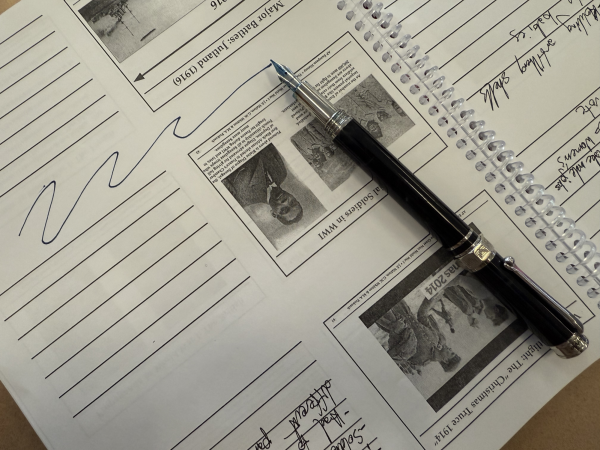
I was able to rule out that fountain pens were not the most cost- effective and practical solution. Although the Montegrappa Espressione and Lamy Lx wrote smoothly and were vibrant, they were very prone to smudging and running out due to their free flowing ink. In addition, the cheapest reliable fountain pen on the market costs at least $20, not including the responsibility of replacing the ink.
After testing the fountain pens, I was able to test the preferred utensils of students, provided by interviewed students.
The Pilot Precise V5 Rolling Ball performed extraordinarily well. It had great ink distribution, with no noticeable smudging, although the ink was not as “black” as I wanted it to be.
Next up was the Uni-Ball One 0.38 mm, which performed better than its 0.7 mm counterpart. The finer point and strokes made it dispense ink better and suppress the effects of railroading.
The Frixion Ball Slim 0.38 mm by Pilot performed well for an erasable pen as it demonstrated the abilities of a gel pen, but had occasional skipping and a very light-colored black ink. Finally, the Uni-Ball Kuru Toga 0.5mm mechanical pencil was interesting, as its constant rotating-lead mechanism ensured that the point was sharp with every stroke, making each stroke even. However, Sage also stated that this model was not as suited for writing western script as the mechanism required a constant lifting of the pencil, making it only rotate between letters.


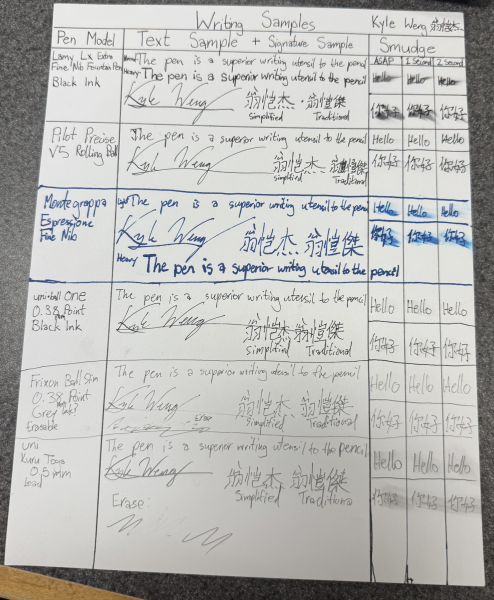
I also tested popular pens on the market, many used by students and staff, such as the Pilot G-2, the Sharpie S-Gel, and Uni-Ball One.
The Pilot G-2 0.7 mm glides smoothly over paper but tends to smudge and lacks a true, deep black ink.
The Sharpie S-Gel 0.7 mm provides a smoother experience with minimal smudging but is prone to occasional skipping, making it feel as though it’s running out of ink prematurely.
The Zebra Sarasa Dry 0.5 mm delivers a consistently smooth writing experience with excellent ink flow and no major flaws.
The Zebra F-701 0.7 mm, though smooth, requires extra pressure since it isn’t a gel pen, making extended writing less comfortable. Additionally, its small size and higher price make it a less practical choice.
The Pentel Energel 0.7 mm stands out for its rich black ink, even ink distribution, and zero smudging, making it a top performer in terms of smoothness and vibrancy.
Meanwhile, the Uni-Ball Jetstream 0.7 mm, a hybrid gel pen, offers a smooth experience but sacrifices ink darkness for faster drying.
The Uni-Ball One 0.7 mm, which is not listed in the writing sample, performed the worst, resembling the Sharpie S-Gel but with less skipping at the cost of poor ink distribution. This issue, known as railroading in the pen industry, results in strokes that appear hollow or unevenly filled.
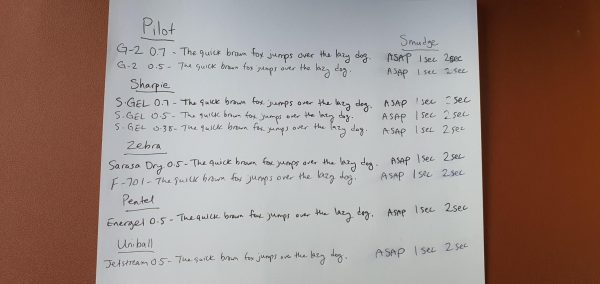
Finally, I was able to compile a tier-list of utensils, based on performance and price.
- Pentel Energel 0.7 mm
- Underrated: The Pentel Energel has been high-performing since 2002, with its name being kept under radar by the G-2 and S-Gel addicts.
- Pilot Precise V5 Rolling Ball
- Underrated: Although it shares a brand name with the popular G-2, it isn’t chosen as much due to its slightly higher price tag and less smooth writing experience as a rollerball.
- Zebra Sarasa Dry 0.7 mm
- Underrated: Truly a name that needs more recognition. It performs significantly better than many mediocre pens on the market
- Pilot G-2 0.7 mm
- A Trusted Classic:. Although out-performed by many newer models, it has remained a popular name for good reason since 1997.
- Uni-ball Jetstream 0.7 mm
- Average: Also a long stander on the market, it isn’t as popular due to its marketing as a ballpoint pen, which makes it feel like a cheap pen like a Bic Cristal.
- Lamy Lx
- Maybe: Although costing $45, it may not be a bad idea to invest in, as it shows you have deep admiration for utensils, and can be good for formal occasions without breaking the bank.
- Montegrappa Espressione
- Unnecessary: Although performing well with its soft writing texture, heavy weighty, and smooth dispensation, I cannot justify the $300 price tag for daily use. It could be a good investment in the future if one were to work in more formal environments.
- Sharpie S-Gel 0.7 mm
- Overrated: Despite its average performance, the Sharpie S-Gel has become one of the most popular gel pens in the country due to Sharpie’s extensive marketing and pre-existing position in the writing utensils industry after its recent launch in early 2020.
- Uni-ball One 0.38 mm
- Overrated: Although performing marginally better than its 0.7 mm counterpart, it sacrifices affordability and availability, as they are not in normal stores like Walmart and must be purchased online. Some versions are exclusively sold in Japan, driving up the cost per unit.
- Uni-ball One 0.7 mm
- Overrated: Released in early 2020 in unison with the Sharpie S-Gel, it appealed to many as a premium pen with its sleek, minimal design, but would be heavily contradicted by its mediocre performance.
- Frixion Ball Slim 0.38 mm
- Overrated: Although performing well for an erasable pen, I would not recommend this. Pens are meant to be permanent, and erasable pens severely contradict that. There is no point in erasable pens if pencils exist.
My Personal Preference:
Personally, I like the sleek design of Uni-Ball One, however I also admire the performance of the Pentel Energel, and the great thing about gel pens is that most have interchangeable parts. Therefore, I was able to use Pentel Energel ink cartridges in Uni-ball One barrels, creating the ultimate minimalist, high performance pen.
I also carry Sharpie S-Gels, an assortment of mechanical pencils, and occasionally use my Lamy Lx.
Conclusion:
Ultimately, writing utensil preferences come down to a balance between tradition, practicality, affordability, and usability. While some advocate for the elegance and permanence of pens, others appreciate the flexibility and familiarity of pencils. Regardless of choice, one thing is clear—writing tools remain an essential part of the learning experience.






